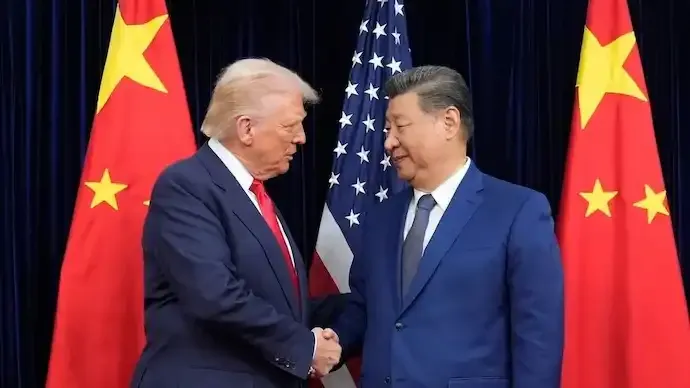Shopping cart
Your cart empty!
Terms of use dolor sit amet consectetur, adipisicing elit. Recusandae provident ullam aperiam quo ad non corrupti sit vel quam repellat ipsa quod sed, repellendus adipisci, ducimus ea modi odio assumenda.
Lorem ipsum dolor sit amet consectetur adipisicing elit. Sequi, cum esse possimus officiis amet ea voluptatibus libero! Dolorum assumenda esse, deserunt ipsum ad iusto! Praesentium error nobis tenetur at, quis nostrum facere excepturi architecto totam.
Lorem ipsum dolor sit amet consectetur adipisicing elit. Inventore, soluta alias eaque modi ipsum sint iusto fugiat vero velit rerum.
Sequi, cum esse possimus officiis amet ea voluptatibus libero! Dolorum assumenda esse, deserunt ipsum ad iusto! Praesentium error nobis tenetur at, quis nostrum facere excepturi architecto totam.
Lorem ipsum dolor sit amet consectetur adipisicing elit. Inventore, soluta alias eaque modi ipsum sint iusto fugiat vero velit rerum.
Dolor sit amet consectetur adipisicing elit. Sequi, cum esse possimus officiis amet ea voluptatibus libero! Dolorum assumenda esse, deserunt ipsum ad iusto! Praesentium error nobis tenetur at, quis nostrum facere excepturi architecto totam.
Lorem ipsum dolor sit amet consectetur adipisicing elit. Inventore, soluta alias eaque modi ipsum sint iusto fugiat vero velit rerum.
Sit amet consectetur adipisicing elit. Sequi, cum esse possimus officiis amet ea voluptatibus libero! Dolorum assumenda esse, deserunt ipsum ad iusto! Praesentium error nobis tenetur at, quis nostrum facere excepturi architecto totam.
Lorem ipsum dolor sit amet consectetur adipisicing elit. Inventore, soluta alias eaque modi ipsum sint iusto fugiat vero velit rerum.
Do you agree to our terms? Sign up

In a move signaling a thaw in trade tensions with Washington, China has announced a one-year suspension of the additional 24% tariff on US goods, while retaining an existing 10% levy, according to a statement issued by the State Council Tariff Commission on Wednesday.
The decision comes just days after a high-level meeting between Chinese President Xi Jinping and US President Donald Trump, held in Busan, which both leaders described as a “constructive step” toward stabilizing bilateral relations after years of escalating tariff battles.
The suspension takes immediate effect and will remain in place for 12 months, the commission said. The retained 10% tariff will continue to apply during this period.
In a complementary move, China — the world’s largest importer of agricultural commodities — also announced plans to lift tariffs of up to 15% on selected US agricultural goods beginning November 10, 2025.
This decision is expected to benefit American exporters of soybeans, corn, wheat, and pork, products that had been severely affected during the peak of the trade conflict between the two nations.
Trade analysts note that the tariff relaxation could lead to a short-term boost in agricultural exports, easing pressure on US farmers and helping China meet domestic demand amid ongoing food security challenges.
The announcement follows a series of closed-door discussions between Trump and Xi, lasting over two hours, during which the leaders reportedly discussed tariff adjustments, agricultural cooperation, and the regulation of fentanyl exports.
President Trump hailed the meeting as “an amazing conversation” and “a fantastic new beginning” in US–China relations. He added that both sides had reached a “broad understanding” on lowering certain tariffs and resuming key agricultural purchases.
“We agreed that President Xi will work very hard to stop fentanyl, soybean purchases will start immediately, and tariffs on China will be lowered from 57% to 47%,” Trump said after the talks, emphasizing renewed economic cooperation.
While not a formal trade deal, the meeting has been interpreted by analysts as a strategic recalibration by both nations amid global market volatility and slowing economic growth.
The partial suspension of tariffs marks the first tangible progress in trade negotiations since the two countries entered a new phase of tension in 2023. It reflects a mutual effort to stabilize trade channels that underpin nearly $650 billion in annual bilateral commerce.
Market observers say the development could ease commodity price pressures and strengthen investor confidence in global trade markets. The move is also likely to provide a short-term lift to Asian equities and US agricultural stocks, which have faced uncertainty due to protracted tariff cycles.
China’s decision to maintain a 10% baseline tariff, however, signals that Beijing remains cautious, using the suspension as a test period to evaluate Washington’s compliance with agreed commitments.
“This is a confidence-building measure, not a complete rollback,” said an international trade expert based in Singapore. “China wants to see concrete US actions before fully dismantling tariff barriers.”
The development comes as global supply chains remain under strain from geopolitical shifts and export restrictions on semiconductors, energy, and rare earth elements. The easing of agricultural and industrial tariffs could, therefore, mark a temporary de-escalation in what many had feared would become a long-term trade confrontation.
While the Trump–Xi meeting did not yield a formal trade accord, it set the tone for renewed engagement and incremental progress on market access, technology sharing, and bilateral trade balance.
If sustained, the move could pave the way for a broader framework agreement in 2026, potentially reshaping the trajectory of global trade between the world’s two largest economies.
China’s tariff suspension represents a pragmatic recalibration rather than a political concession. For India and other Asian economies, this détente could ease inflationary pressures, stabilize commodity prices, and open room for regional trade diversification as both superpowers shift focus from confrontation to cooperation.
The year-long window will now test whether Beijing and Washington can translate symbolic gestures into long-term economic trust — or if this remains another pause in an ongoing trade rivalry that has defined global commerce for over a decade.
31
Published: Nov 05, 2025